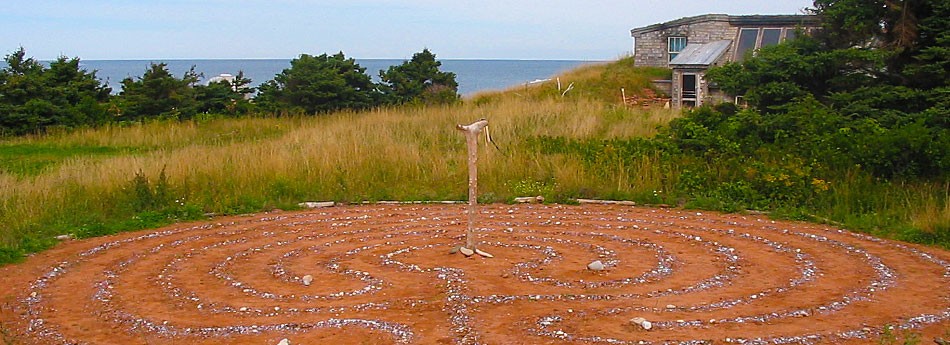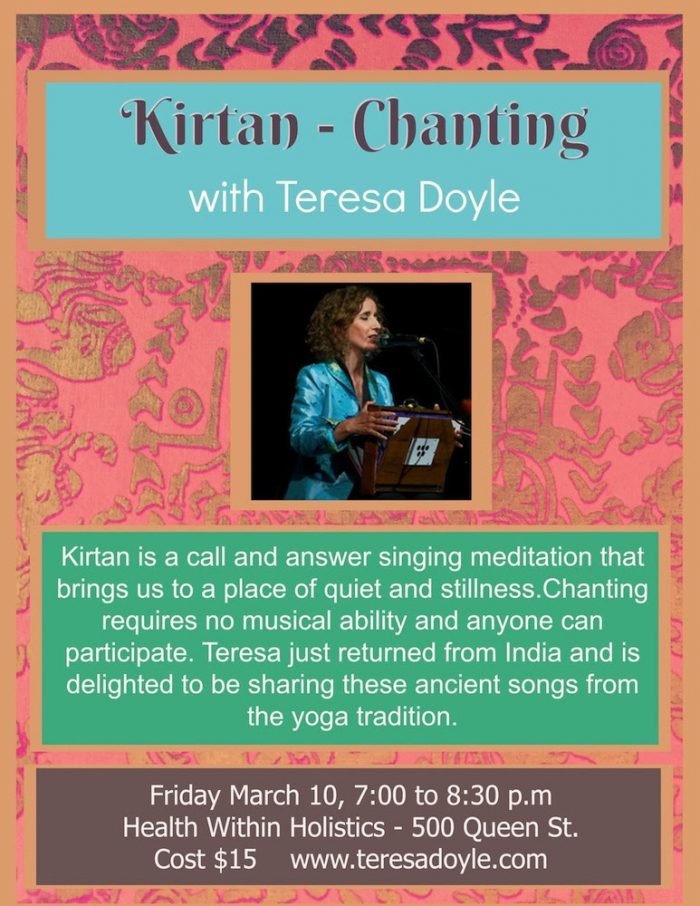Westerners have been flocking to India for eons to experience all the flavours and colours of this amazing place. My journey was not as a tourist but rather as a student of Vedic chant, the oldest songs on the planet. I’ve long been interested in how people use their voices is cultures around the world and the vocal traditions of South India are perhaps the deepest and most complex.
I went to study with Russill Paul. I first met Russill a decade ago in New York, later in Montreal and did a three year program with him online. Russill was born in Chennai to a Bollywood actress. As a teenager he became a young rock star but soon left that lifestyle to renounce the world and become a monk. Five years later he fell in love, left India and became a professor in California. For the past twenty years he has traveled the world sharing his knowledge of music and philosophy. I was part of a group of his students who gathered at a remote ashram on the banks of the Cauvery River in Tamil Nadu in southern India. The ashram is a curious mix of ancient Christian and Hindi influences and is home to a full fledged dairy farm.
As soon as we arrived we dived into learning a complex set of Vedic mantras that date back more than 3000 years. Learning these chants allowed us entry into temples that are generally closed to Westerners. The temples of South India are a sight to behold, some complex sites to rival Vatican City, others remote mountain top locations. The remote ones are more interesting, usually involving a climb of three or four hundred steps cut into the mountainside. Our studies were rewarded by participating in rituals that have been performed in these temples for more than a thousand years. The locals seemed rather surprised to hear us chant their ancient Sanskrit songs.
Curiously Russill and I noted similarities between Sanskrit and Gaelic words, Celtic and Vedic customs and rhyme schemes. When I sang a keening song from Ireland he heard a strong link to Tamil folksongs. This link is one of the reasons I’ve long been drawn to Indian music and I’ll continue to explore this connection. There is a theory that the Celts came from India.
For the second half of the month we stayed put at the ashram and maintained silence when we were not singing. Russill taught us a vocabulary of tools to bring us into a state of mindfulness and presence. Most evenings we walked a few kilometers on the banks of the Cauvery to prepare for our climb up Mount Arunachala near the end of our trip. The temple at Mount Arunachala is beyond description. We got there at the end of a 42 day ceremony that happens once every 12 years to re-ignite the energy of the temple and indeed the energy was truly mind blowing. The following day we climbed the mountain to a cave where India’s last great holy man spent 50 years. The whole experience was life altering and I’ll be digesting it for some time to come.
I can’t wait to return to India, the land where even the poorest of the poor has a winning smile and a sparkle in the eye that we rarely see on this side of the planet. I’ll be sharing all that I learned with my singing students in classes, workshops and Kirtans (call and response chanting concerts) around the country in the months to come. The first event is Friday evening. See the poster below. Patrick and I will be on tour in Quebec and Ontario in April.


Comments are closed.